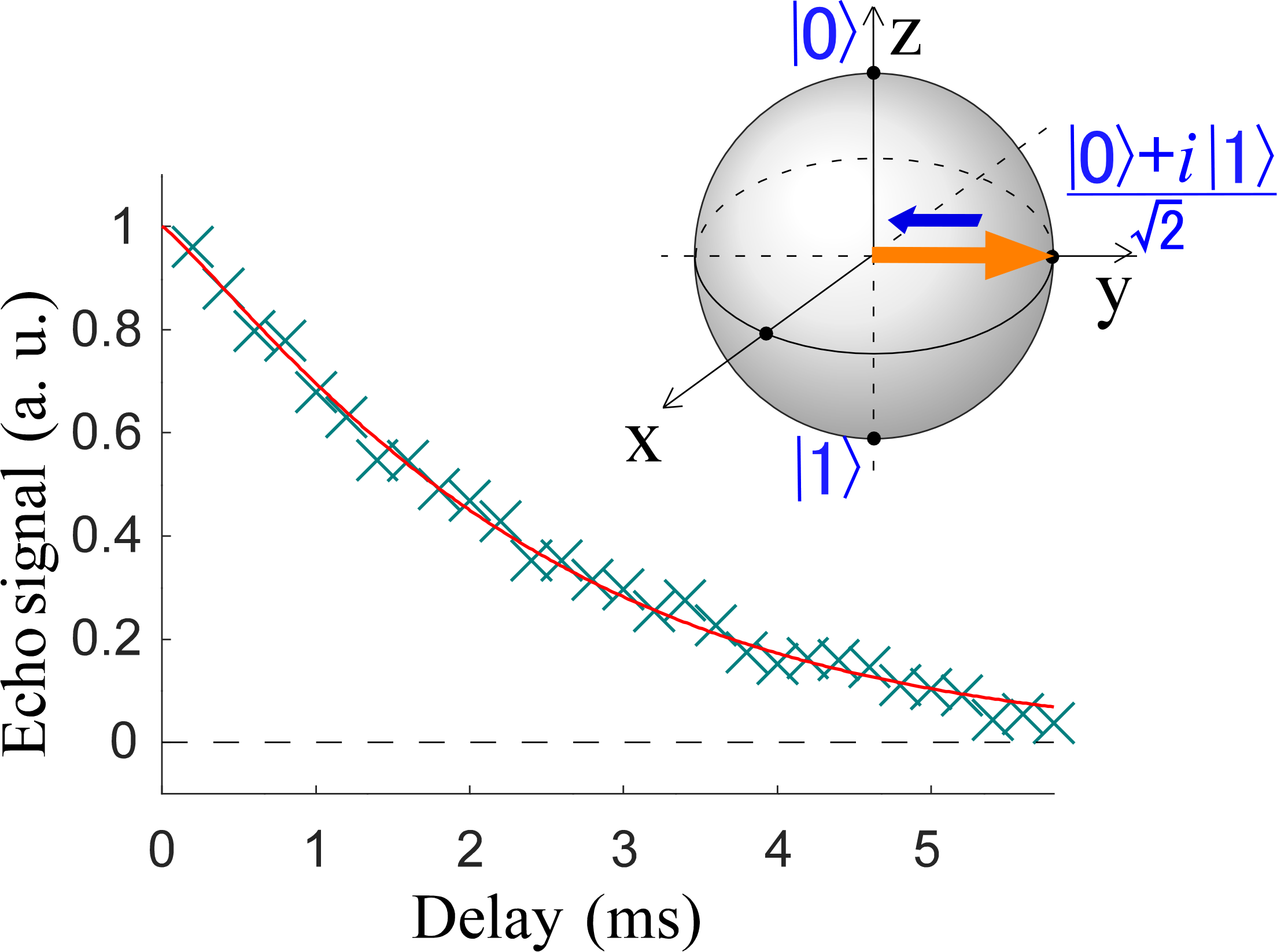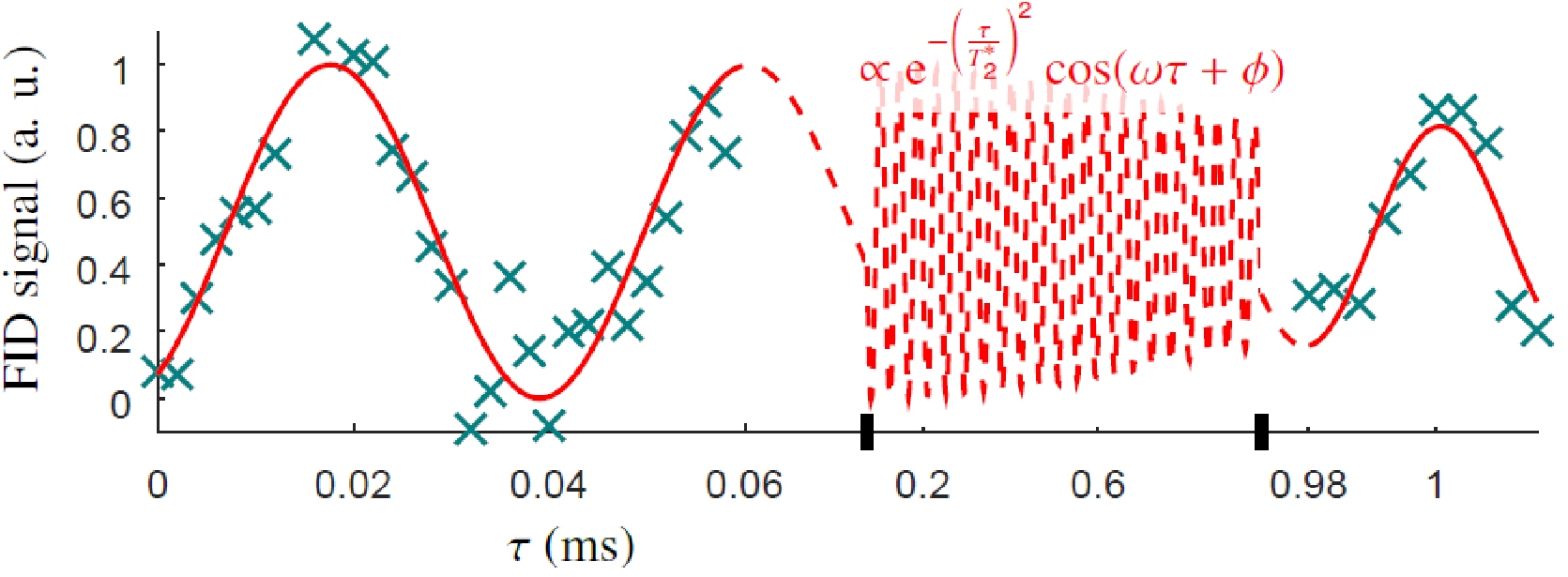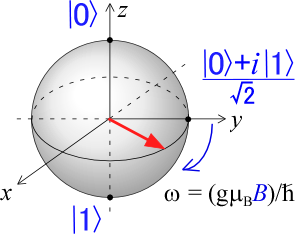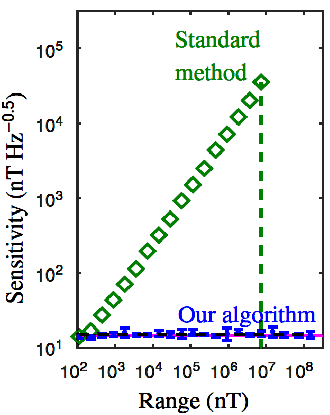Diamond Quantum Sensor
- Ultra-long coherence times amongst room-temperature solid-state spins
∼ Ultra-sensitive sensors from diamond semiconductor ∼
Solid-state single spins are promising resources for quantum sensing, quantum-information processing and quantum networks, because they are compatible with scalable quantum-device engineering. However, the extension of their coherence times proves challenging. Although enrichment of the spin-zero 12C and 28Si isotopes drastically reduces spin-bath decoherence in diamond and silicon, the solid-state environment provides deleterious interactions between the electron spin and the remaining spins of its surrounding. Here we demonstrate, contrary to widespread belief, that an impurity-doped (phosphorus) n-type single-crystal diamond realises remarkably long spin-coherence times. Single electron spins show the longest inhomogeneous spin-dephasing time (T2* ≈ 1.5 ms) and Hahn-echo spin-coherence time (T2 ≈ 2.4 ms) ever observed in room-temperature solid-state systems, leading to the best sensitivities. The extension of coherence times in diamond semiconductor may allow for new applications in quantum technology.
Paper "Ultra-long coherence times amongst room-temperature solid-state spins",
Nature Communications, 10, 3766 (2019). [Link]
[Press release:
"Ultra-sensitive sensors from impure diamonds"]


Next, we demonstrate the extension of T2, the stabilization of the charge state, and an improvement of the creation yield of NV centers formed by the ion-implantation technique at a depth of ≈ 15 nm in phosphorus-doped n-type diamond. The longest T2 of about 580 μs of a shallow NV center approaches the one in bulk diamond limited by the nuclear spins of natural abundant 13C. Moreover, the stabilization of the charge state and the more than twofold improvement of the creation yield are confirmed. The enhancements for the shallow NV centers in an n-type diamond-semiconductor are significant for future integrated quantum devices.
Paper "Shallow NV centers augmented by exploiting n-type diamond"
Carbon, 178, 294-300 (2021).
[Link]
- Ultra-high dynamic range quantum measurements retaining its sensitivity
Quantum sensors are highly sensitive since they capitalise on fragile quantum properties such as coherence, while enabling ultra-high spatial resolution. For sensing, the crux is to minimise the measurement uncertainty in a chosen range within a given time. However, basic quantum sensing protocols cannot simultaneously achieve both a high sensitivity and a large range. Here, we demonstrate a non-adaptive algorithm for increasing this range, in principle without limit, for alternating-current field sensing, while being able to get arbitrarily close to the best possible sensitivity. Therefore, it outperforms the standard measurement concept in both sensitivity and range. Also, we explore this algorithm thoroughly by simulation, and discuss the T-2 scaling that this algorithm approaches in the coherent regime, as opposed to the T-1/2 of the standard measurement. The same algorithm can be applied to any modulo-limited sensor.
Paper "Ultra-high dynamic range quantum measurements retaining its sensitivity"
Nature Communications, 12, 306 (2021).
[Link]



